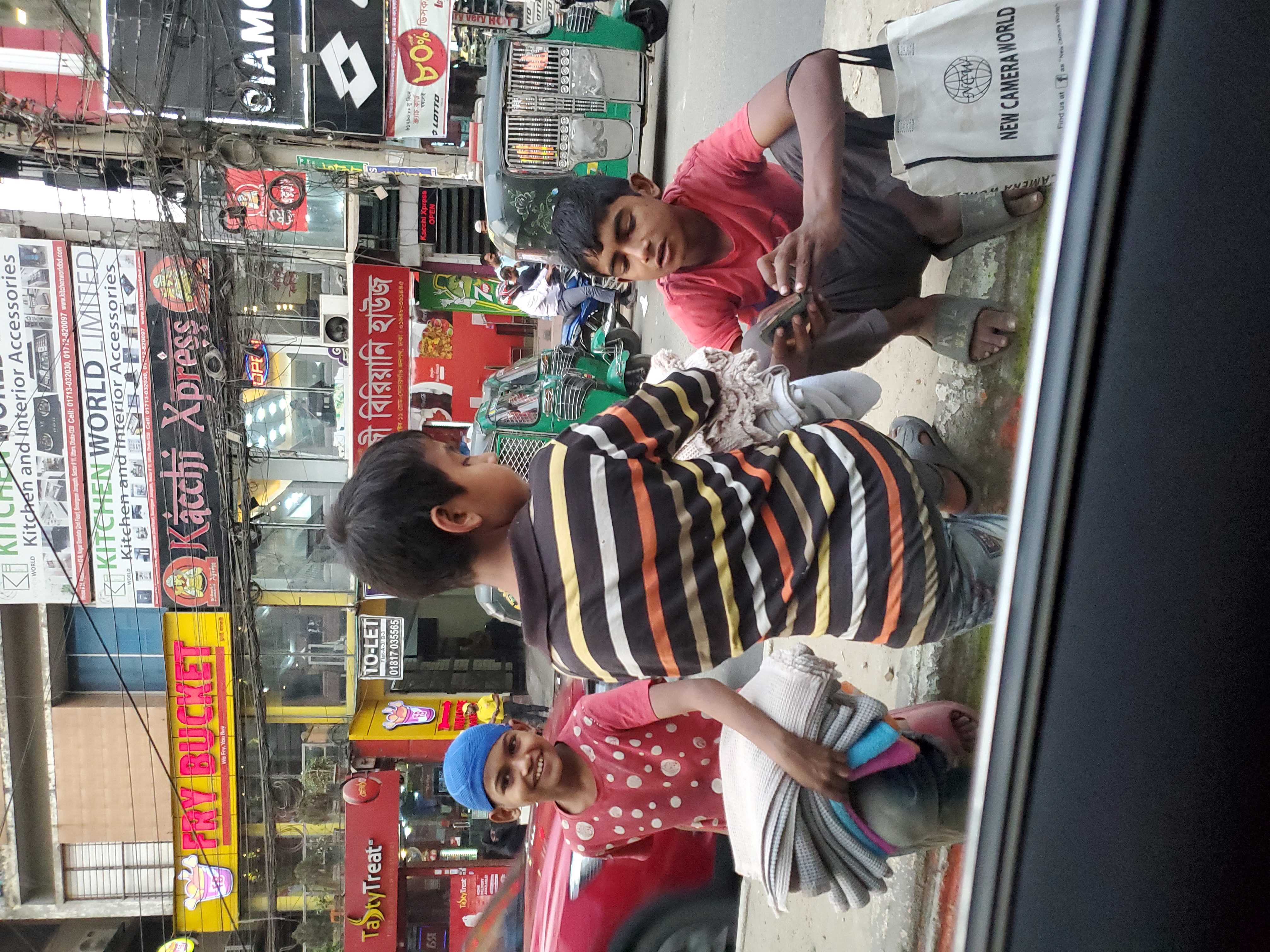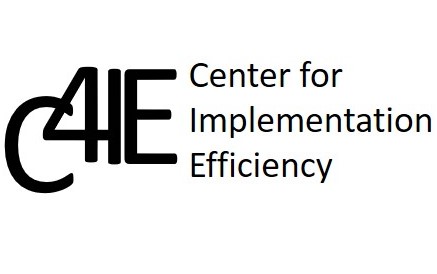BACKGROUND

The c4ie is set up to focus on efficient use of resources so that more can be done with existing and new resources. The world needs more resources and reduce $2.5 trillion funding gap for SDGs. Part of this gap can be filled from savings from efficient implementation.
Billions of dollars are now invested in the development sector with the aim of rapid improvement in the lives of millions of people and reduce poverty. The WHO 2010 World Health Report discussed about health system inefficiencies, estimating that 20% to 40% of all health spending ($1.5 trillion USD) is wasted. These are illustrative figures. According to Project Management Institute “Organizations waste US$51 million for every US$1 billion spent on projects and programs due to poor requirements management.” The real point here is that there is much can be done by governments and donors to free up resources which are needed for health interventions. One of the key goal of the Paris Declaration of 2005 was increasing the efficiency of development assistance.
Financing mechanisms such as GAVI, the Global Fund to fight AIDS, TB, and Malaria, GFF, IFC, MCC, PEPFAR, UNITAID, World Bank, regional banks, IMF etc. are moving billions of dollars to projects all over the world. Private philanthrophists and Foundations have expanded their contributions significantly. For example,Bill Gates and Warren Buffett are planning a $600 billion mega foundation. Facebook Foundation and others are also stepping up major contributions.
A World Bank study in 2011 found that only 41% of grain handed out for the poor through Indian food programs reached its intended target, and estimates put the loss of other subsidies at 20%—costing the government $10B a year. Imagine what the government can do if the $10b were available for much needed development projects.
In addition, new donors such as China, India, Brazil, and Russia are also expanding their bilateral assistance programs. These large scale investments pose major challenges on implementation capacity because of limited human resources, poor infrastructure, and inadequate systems to manage programs that require scaling up for impact within a shorter period of time. Uncoordinated donor funds, duplication of resource allocation, inefficient parameters to assess program investment, and corrupt institutions and individual means less money reaching the poorest of the poor.
------------------------------------------------------------------------------------------------
Why this digital platform?
We launched this initiative to facilitate learning, innovation, collaboration, sharing, and improve implementation. Donors and implementers are interested in efficiencies, ideas, and value for money. The $2.5 trillion funding gap for SDG can not be met if we do not become more efficient is using resources, if we are not able to pursue rigorously value for money, and if we can not introduce innovation in financing and services. Imagine a world where we can help each other by sharing our experiences, collaborating continuously, and can make better use of resources to reach more people with services. Innovation is about better services, faster reach, and cheaper pricing so that poor people can afford them. We believe in SDG mantra - No one left behind. Let us look at some examples of efficiency in resource use. Results for Development Institute, a think tank, study indicates that procurement streamlining of bed nets for Malaria program will save $600 million over 5 years which can fund additional bednets procurement to benefit another 300 million people. In August 2012, UNITAID, Gates Foundation, and PEPFAR announced an agreement that will reduce TB diagnostic test kits (Xpert MTB/RIF cartridges) prices by 40% which will remain in effect until 2022. Think for a moment, how can we put more people on treatment with existing resources?
We have now registered as a private company to pull our collective technical and other resources to work with our international and local partners to make a difference at the country level. c4ie LLC believes in working with local organizations and partners to implement projects. We believe in building capacity of local organizations for sustainable development.
------------------------------------------------------------------------------------------------
Cost of Inaction: Example
Non communicable diseases (NCD) are heart disease and stroke, cancer, diabetes, and chronic lung disease and they kill nearly 36 million people each year, over 80% of these are in low and middle income countries. NCDs account for 63% of global deaths from diseases. NCDs cost US economy billions of dollars and kills thousands of Americans each year. Between now and 2030, developing countries face $14 trillion in NCD-related health-care costs and lost productivity. Professor Moodie of Melbourne University contends that “"Seven trillion dollars of lost output in developed countries is attributable to NCDs". According to World Health Organisation (WHO), Cardiovascular diseases (CVD) are costing governments nearly $863 billion globally. Overall CVD is estimated to cost the EU economy €195 billion a year. According to a 2011 report by Harvard University for World Economic Forum, “Over the next 20 years, NCDs will cost more than US$ 30 trillion, representing 48% of global GDP in 2010, and pushing millions of people below the poverty line”. The report also indicate that “with respect to cardiovascular disease, chronic respiratory disease, cancer, diabetes and mental health, the macroeconomic simulations suggest a cumulative output loss of US$ 47 trillion over the next two decades. This loss represents 75% of global GDP in 2010 (US$ 63 trillion).” The estimated cost of new cancer cases in 2009 was US$ 286 billion globally. In 2008, over 17 million people died from CVDs. WHO estimates that over 23 million people will die from CVDs by 2030. Each year cardiovascular disease (CVD) causes over 4 million deaths in Europe and over 1.9 million deaths in the European Union (EU).As for diabetes, approximately 350 million people have diabetes. The deaths from diabetes are expected to double between 2005 and 2030. 50% of people with diabetes die of cardiovascular diseases. Diabetes is the leading cause of kidney failure. Each year, according to Center for Disease Control(CDC), 7.6 million people die from Cancer and quarter of a million women die from cervical cancer. Over 85% of these deaths are in developing countries with. Tobacco use kills nearly six million people every year and is expected to increase to 7.5 million by 2020.
Inefficiency:
Why are we failing to tackle NCDs? Health investments are fragmented, unstructured treatment and poor quality of services, poor collaboration between private and public sectors, fragmented and inefficient resource allocation, and inadequate political commitment and focus to improve the health systems for integrated service delivery. Global communities including donors are allocating too much funds for vertical programs and are not pooling their investments for a more effective health service delivery. Technical partners are not strongly advocating for more coordinated efforts to tackle health problems, resource pooling, and strengthening health systems. Partnership is weak on efficient resource management and investment. Tough decisions are not made on what programs do not add value and what duplications must be avoided for more efficient business model.
Solutions - simple examples:
Solutions are simple. Technologies and treatment are available and cost effective. For example, for CVD, widespread adoption of multidrug therapies could save nearly 18 million lives over a 10-year period and this is low cost. NGOs and government health departments can integrate NCD education in their existing health programs without major increase in resource allocation. Global community can jointly push for lower prices of drugs. This has been done for HIV/AIDS and TB, and it can now be done for NCDs.
Cost-effective screening that can detect cervical cancer and pre-cancerous cervical lesions, thus allowing early treatment and reduce deaths from cervical cancer. A simple but effective technique, visual inspection with acetic acid (VIA), is easily available in poorer countries and doctors and nurses can be quickly trained. This requires minimal technology, thus is low cost.
CDC’s Global Tobacco Surveillance System (GTSS) can enhance a country’s capability to design, implement, and evaluate tobacco use control interventions. This is available for countries to collect relevant information for good policies and prevention initiatives.
So, what should the global community do? First, we must have political commitment for actions against NCDs. Second, we must focus on strengthening existing health systems for integrated services. It is integrated service delivery that is efficient, effective, and provides value for money. We need to make better use of resources from existing vertical programs to strengthen health systems and integrate services. Third, innovation and technology must be the driving force for efficient and low cost service delivery. The gap between research findings and use in implementation must be reduced significantly. Faster adoption of meaningful technology must be funded by donors and governments. Finally, make bold decisions on elimination of certain programs or institutions which are not delivering right Return on Investments. Provate sector compnaies are doing this all the time, we should be able to do this in the development sectors. It is that simple. Stop the politics to retain inefficient programs and institutions.
-
